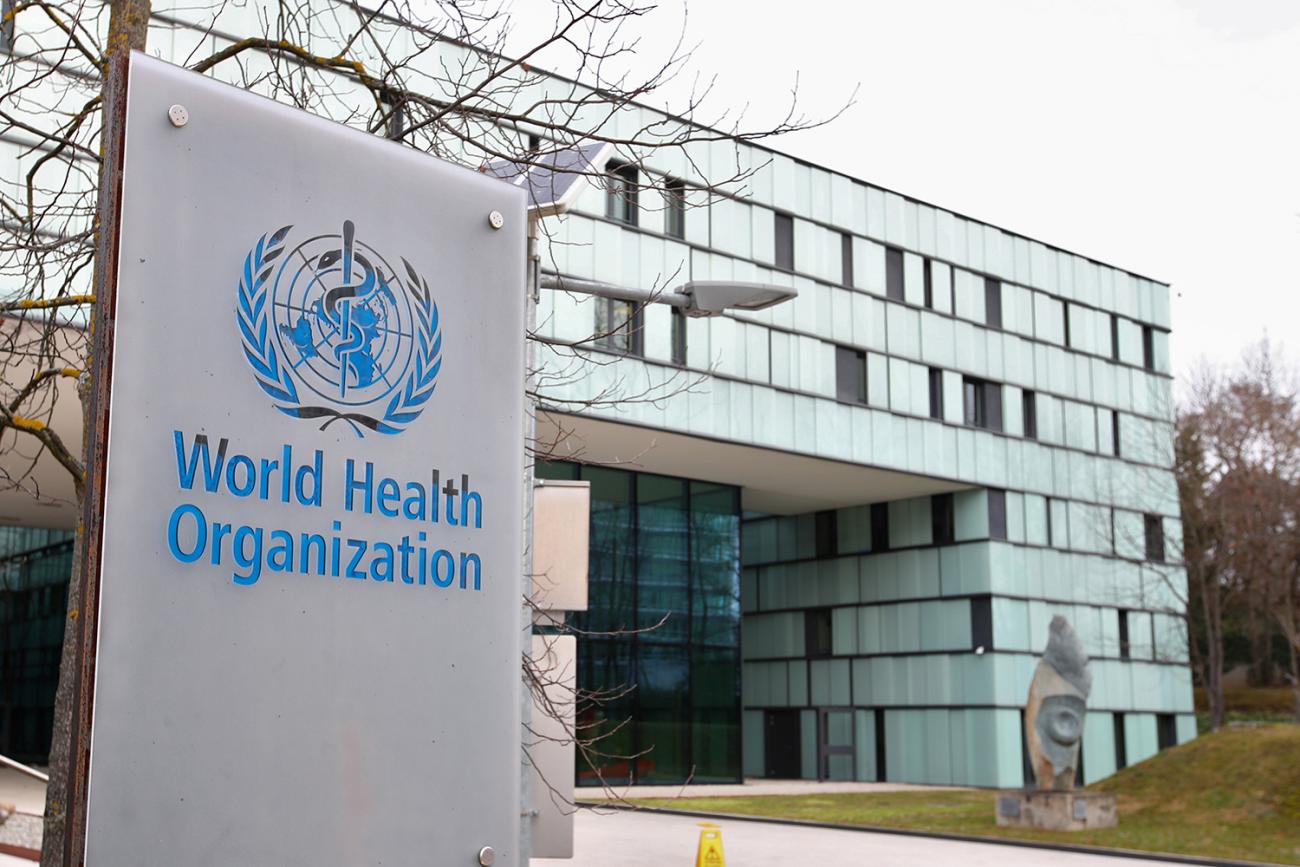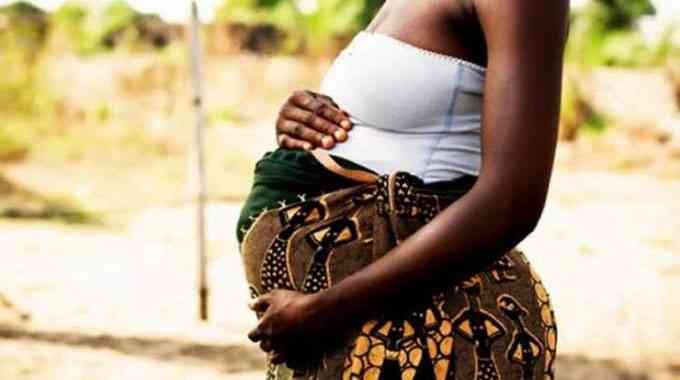
BY VANESSA GONYE THE World Health Organisation (WHO) has raised concern over low diagnosis of tuberculosis (TB) among children.
Speaking during a “Stop TB Partnership” media cafe in Harare last weekend, WHO representative Mkhokheli Ngwenya said between 4% and 6% of children were tested for the bacterial disease at a given time, which is too low.
Ngwenya said despite the huge gap, interventions were being made to provide tools and guidelines in the quest to eliminate paediatric TB.
“The positivity rate of TB is declining, it’s at around 50% now but diagnosis among children remains very low. Our target treatment rate is at 90%, but in 2021 it was nearly 85%. Many of the children die before diagnosis,” he said.
Ngwenya said TB contributed to around 1,5 million deaths per year.
He said for children, testing of the disease in stool was now being done as they were unable to produce sputum which had been the standard method of testing for TB, adding that the COVID-19 pandemic also affected testing for TB as most funds were channelled towards it.
“2020 recorded a spike in TB deaths as attention was now on the COVID-19 pandemic, leaving many TB cases unnoticed and untreated, which led to deaths.”
National TB programme manager in the Health and Child Care ministry Charles Sandy said there had been progress in diagnosing paediatric TB.
- Chamisa under fire over US$120K donation
- Mavhunga puts DeMbare into Chibuku quarterfinals
- Pension funds bet on Cabora Bassa oilfields
- Councils defy govt fire tender directive
Keep Reading
“In 2020, the global TB notifications were 6,2 million. This was a decline from the 7,1 million notifications that were recorded in 2019 (WHO, 2020). In Zimbabwe, the COVID-19 pandemic impacted negatively on passive case finding (PCF) strategies for TB with COVID-19-induced lockdowns resulting in a decline in out-patients departments (OPDs) attendance, and consequently resulting in low TB notifications.
“The limited functionality of health facilities meant that screening and case finding for TB was reduced. First was fear of COVID-19 infection, which affected both healthcare workers and the general population. Comparability of COVID-19 and TB symptoms led to delays in seeking treatment.
“Second was the lockdowns, which meant restrictions in movement, which created a barrier to seeking care. Third, was the overwhelmed health system, having to deal with COVID-19 and all the other illnesses. Fourth, was the reassignment of some staff to COVID-19 specific activities, creating an artificial staff shortage,” he said.
Sandy said there was a 26% decline in TB notification between 2019 and 2020, while the proportion of childhood TB cases notified did not differ significantly in the two years although a 21% decline was recorded from 1 173 in 2019 to 927 cases in 2020.
“Provinces were impacted at varied levels, nearly 55% of provinces recorded TB case notification decline of more than 20%. Chitungwiza, however, maintained the same level of performance,” he said.
- Follow us on Twitter @NewsDayZimbabwe











